Change is Way of Life One issue which no leadership can skip is change. Everyone of us who has been in leadership positions must have encountered the issue of change. Though we all identify what the supposed “changes” are going to be, one area that we focus less on is the “Ways to Change”. On the issues of change it is always advisable that the leadership use their sagacity & experience including their vision to select the ways or the roads or the procedures to change. As leaders we must invest extra time in deciding the ways to change. My own observations, over the years, in my service reveals that we spend less time selecting the ways to change than in identifying the changes. Somehow our whole focus is on change rather than on the process to change. Herein lies the reasons for many changes to fail. The Personality of Change Once the changes are identified there is always a clamour to finish it as quickly as possible. We want the process of change to start immediately without investing the same amount of time if not more in discussing the ways to change. I have observed leadership losing interest after identifying the change and leaving it to the ingenuity of others to effect the changes. This is like providing a coffin alongwith the change for its decent burial. Not every change can be brought to life overnight and specially those changes which are strategic and meaningful require time, energy and dedication. Most of our time we clamour for the change to be revolutionary in nature but also that it should be fast in the procedures. This is where most of us face problems as we have not aligned the nature of change with its correct procedures for the change. There is a disconnect between the characteristics of change and the ways of change. Every change has its own distinct characteristics which are unique to itself. In a way I believe that every change has its own “personality” just like we humans have. We cannot treat every change with the same attitude, intelligence and perspective. So obviously we cannot deal with these changes in a “one size fits all” approach but we have to have a case by case scenario or at best the “category to category” perspective. The Nature and The Ways of Change The best way to affect long-term Strategic change is mostly through the “Evolutionary” approach but at the same time I cannot deny the fact there are changes that require the “Revolutionary” approach also. Hence before affecting any change we must try to understand the nature of the change and based on its nature we can choose the path of the change. If it requires immediate implementation then obviously the change route has to be revolutionary but if it can be spread out, observed, monitored and also go through the trial and error methods then obviously you should go for the evolutionary approach. My own observations in the police department regarding the computerisation is an example to ponder about. The computerisation of the police department in the early years of 2000s was obviously a revolutionary change but some of us wanted it to happen overnight through the revolutionary procedure. This approach though inviting is not the best course to follow as we learnt along the way. Just because the nature of change is revolutionary does not mean that ways to implement it should also be revolutionary. Sometimes the change with revolutionary characteristics with evolutionary path always gives good results. We learnt that the computerisation in Police has to be an ongoing and continuous process. Hence the evolutionary approach was better as it will find its own place in the department as a way of life rather than the imposed phenomena. This is what actually happened also and ultimately over a period of time police computerisation became a reality. As of now the computerisation of police or any department for that matter is not a revolutionary thing but the incoming new technologies like the AI, AR,VR etc do have a revolutionary nature and this can also be implemented through the evolutionary mechanism. The Role of Leadership in Change The leaders in the organisation has to identify the kind of change it wants The leadership must understand the nature or characteristics of the change they have identified. Simply put, they must know the “personality” of the change they are going to interact with. The leaders must decide the paths of change by linking it with the personality of the change The leadership may decide which change requires the revolutionary approach and which one the evolutionary paths. Sometimes some changes require the mixture of both revolutionary and evolutionary approaches and hence we must keep our eyes open for those Mixed scenarios also. The leadership must not fail in communicating the proposed changes to all those who matters in as clear and as simple message as possible The leaders must articulate well and sell their vision of change The leaders must see that the changes and its path are not seen as a “top down imposed” phenomena but as a participatory change where every stakeholder is involved Train for the changes and provide the necessary resources Take the ownership for the change Empower the change agents within the organisation Establish institutional monitoring and feedback systems Create sub-leaders for the each category of changes and give them operational freedoms Do not forget to create documentary evidences for the changes along with the literature of change for future references The Caveat Sometimes in our urge to change fast and compete we set goals of change which are too difficult to achieve in the proposed time frame and that too in the revolutionary approach. The nearest example that comes to my mind is of Hannibal, the Carthaginian military General, who led the famous military march to Rome by crossing the Alps in winter. This march is regarded as one of the greatest military expeditions and Hannibal is regarded with much respect in history but there is a caveat to it. He set his goals much bigger to be achieved in an even shorter span of time. This resulted in the goals being not achieved as he was recalled back by the senate council. The problem is that if we set our goals too unrealistic and we fail we count it as failures. This is an avoidable trap in change leadership. Finally.. The leaders must realise that change is a regular phenomena and as such the more you change the more you are required to change even further. Hence it is imperative that we understand the “personality” of change and then decide the ways of change. It is quite possible that we may get the best of results from this approach. ** If you have not already Subscribed, I would request you to SUBSCRIBE here & Get Free Leadership Resources
3202
1
Artificial Intelligence , Big Data Analytics , Business , Change , Change Leadership , Courage , Decision Making , EdTech , How To Make A Decision , Leadership , Leadership Development , Leadership Quotes , Leadership Skills , Leadership Style , Leadership Traits , Leadership Types , Management , Management Leadership Style , Motivation , Problem Solving , Problems Solving Skills , Qualities Of A Good Leader , Servant Leadership , Strategy , Success , Team Leadership , Thought Leadership , Types Of Leadership Styles , Vision , Visionary , What Is Decision Making , What Is Leadership , What Leadership

 Get a PDF Free Book
Get a PDF Free Book








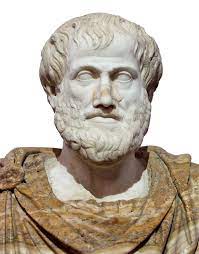











































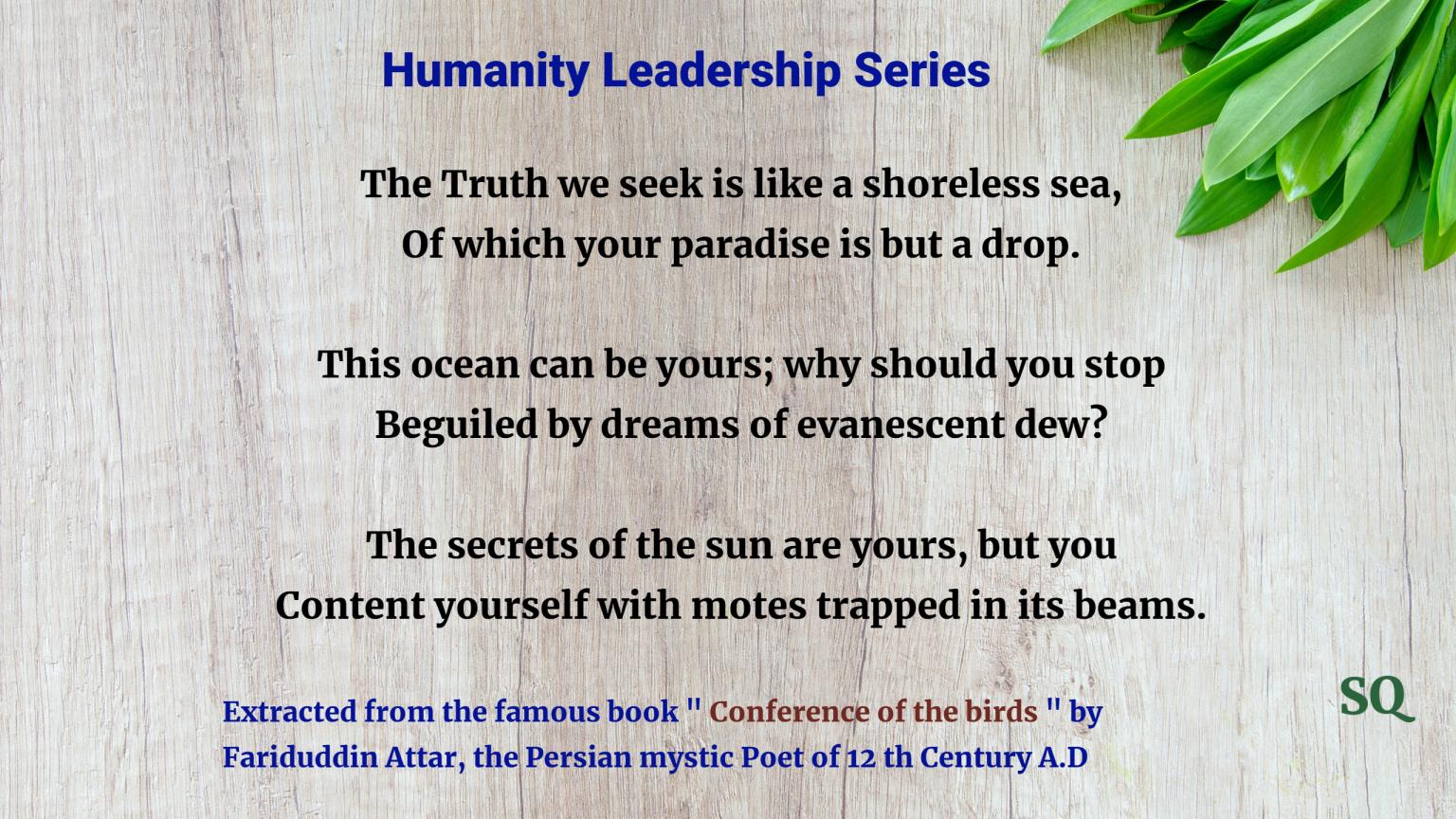


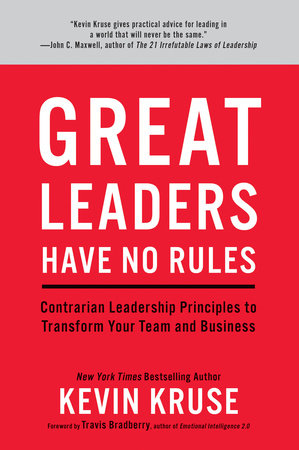





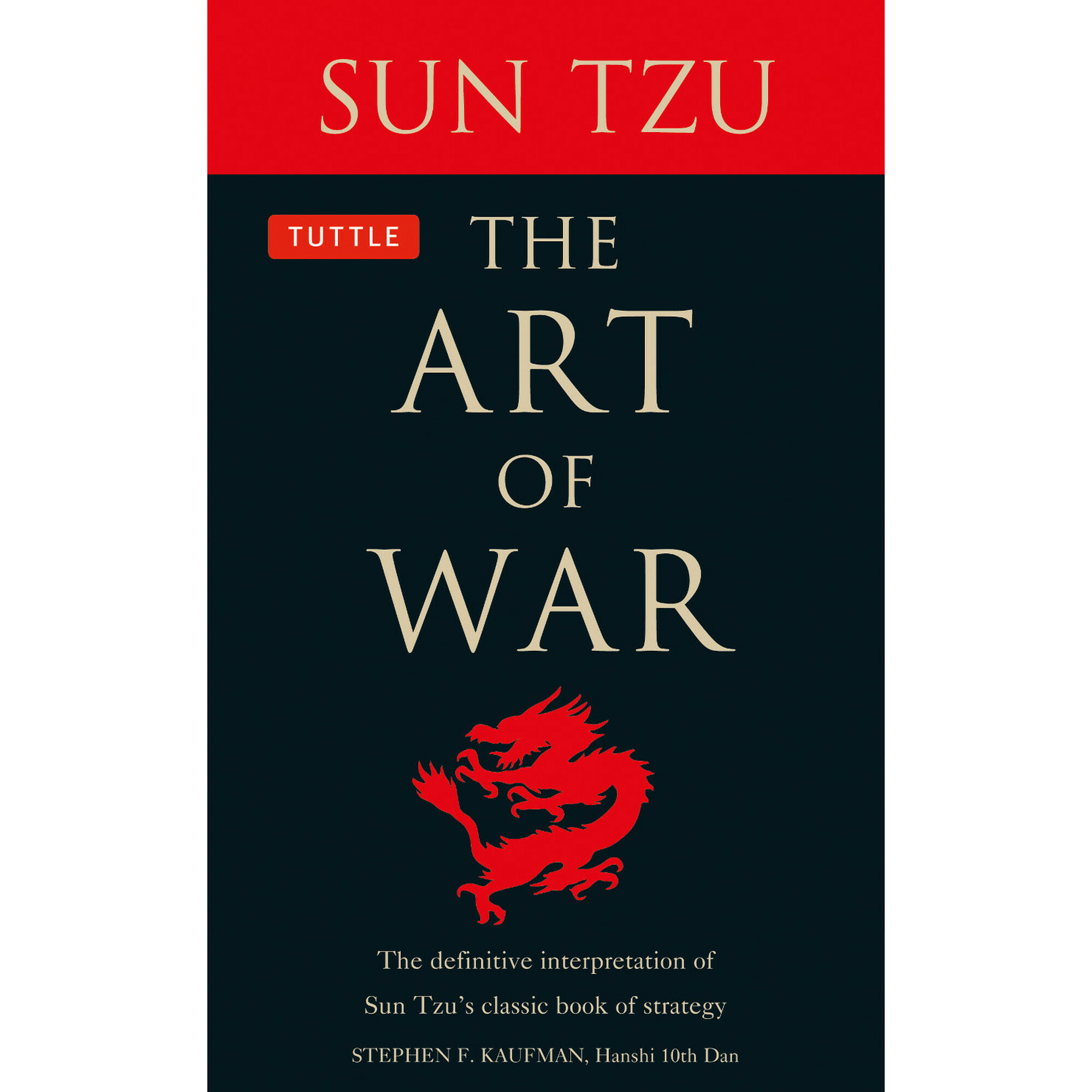











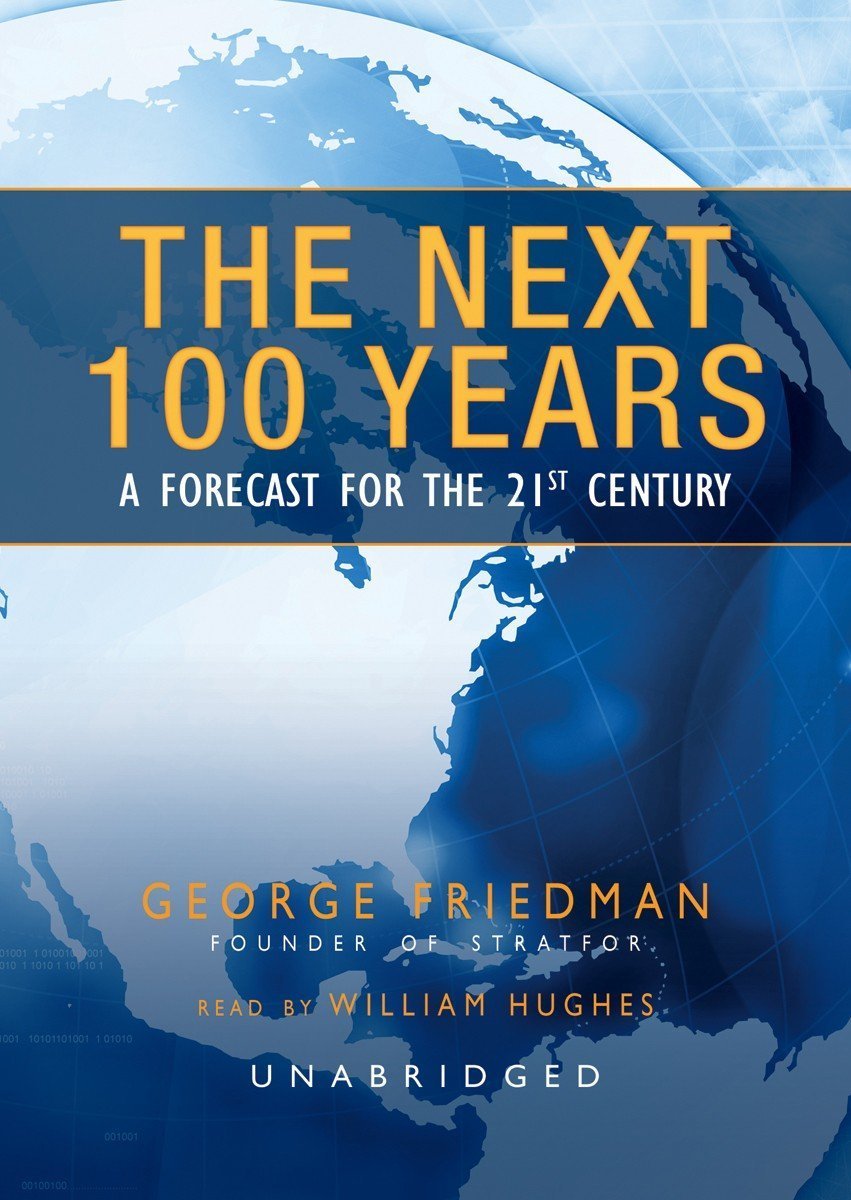
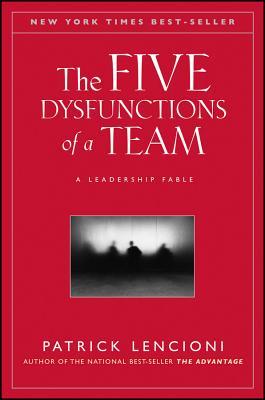
























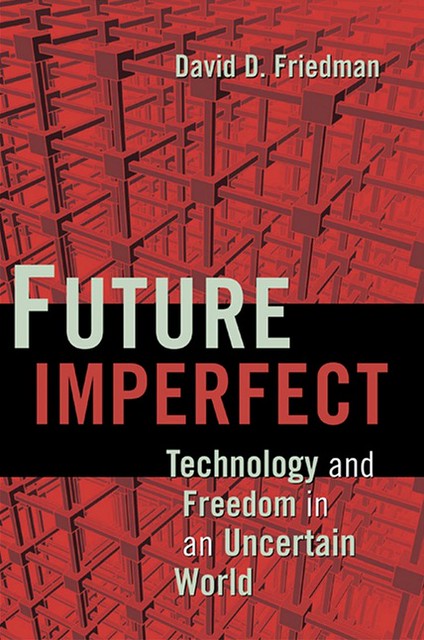


















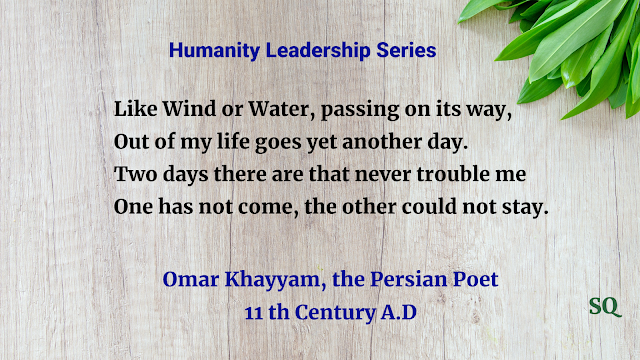

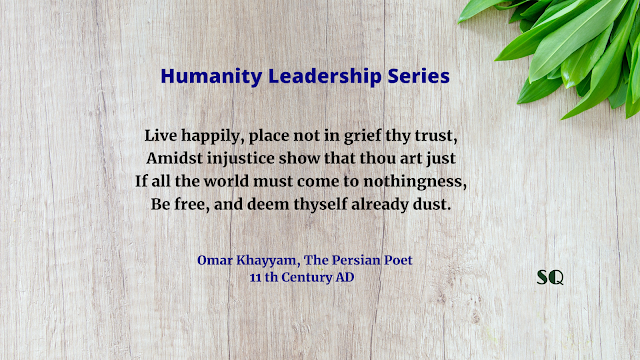





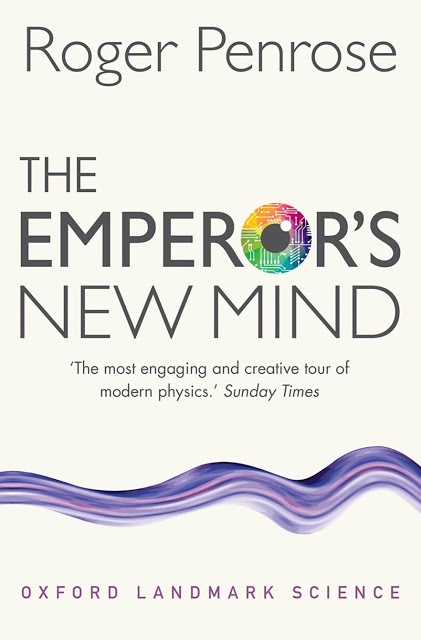






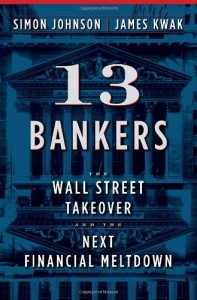

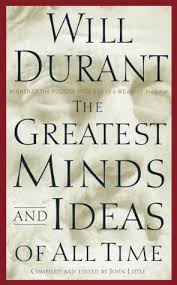
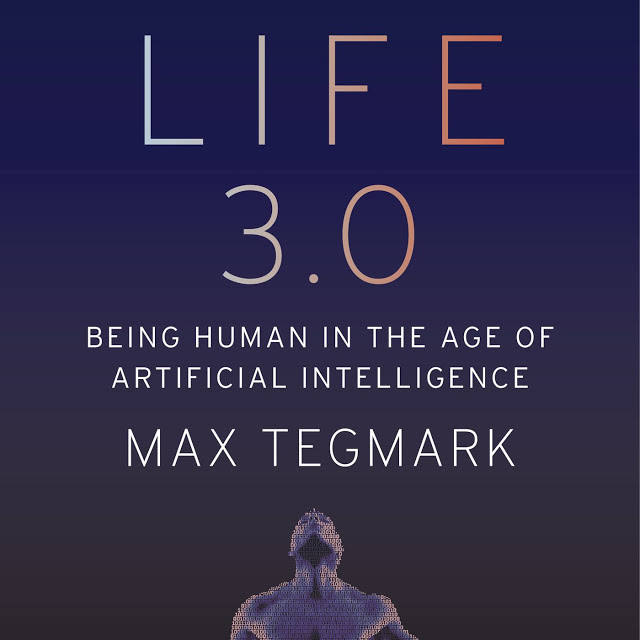


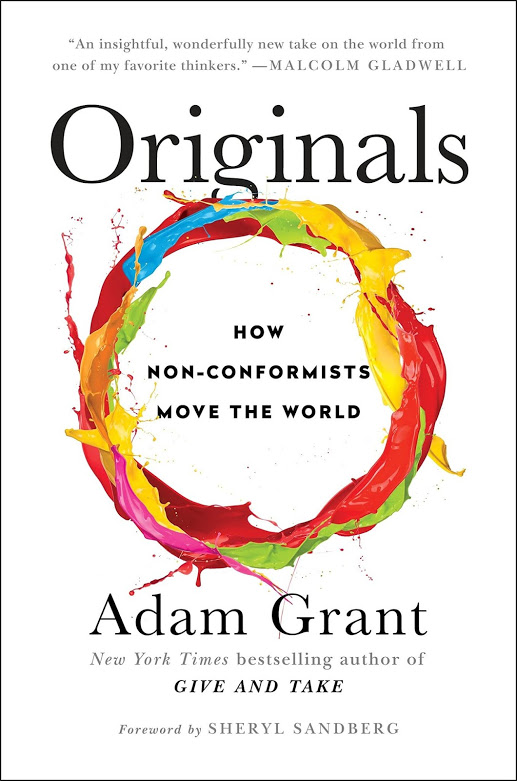














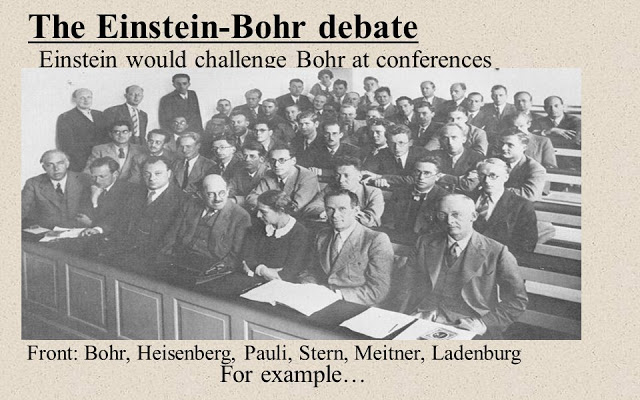








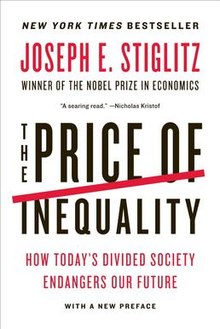

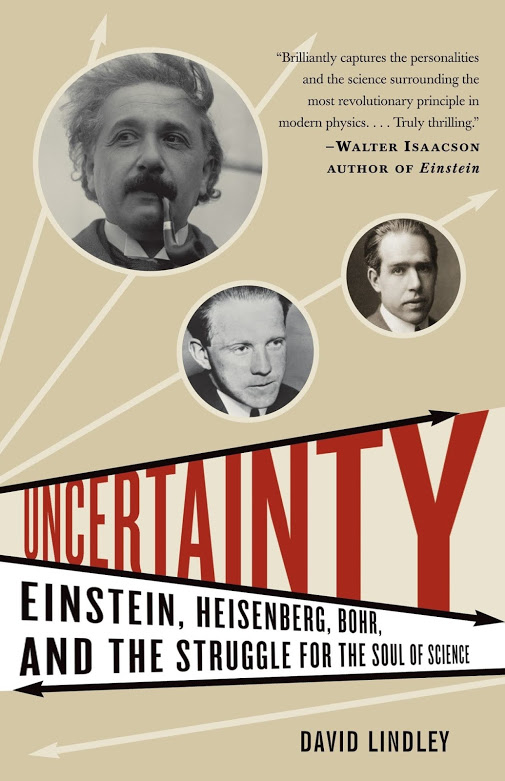









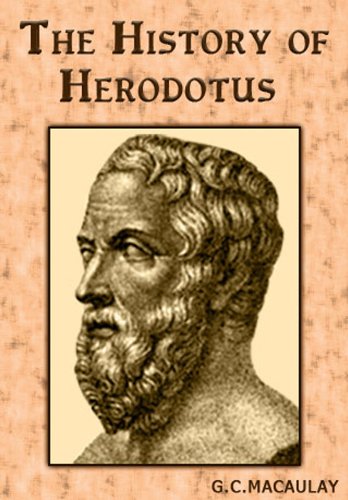





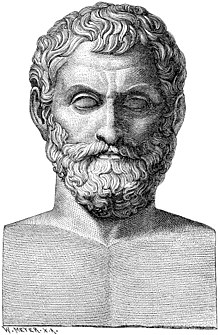









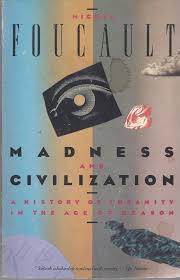




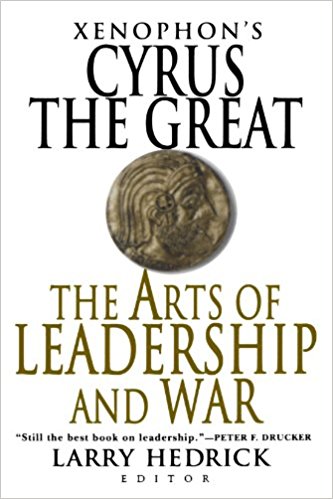















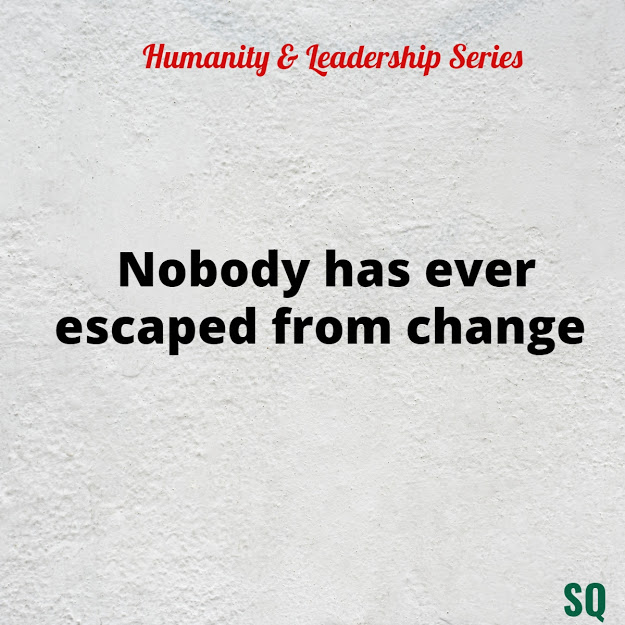








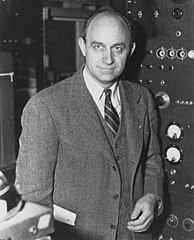





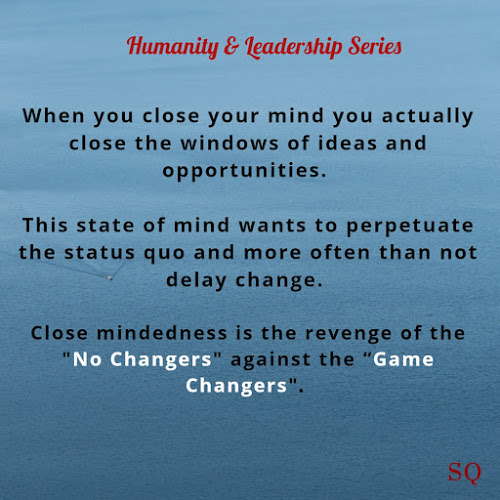
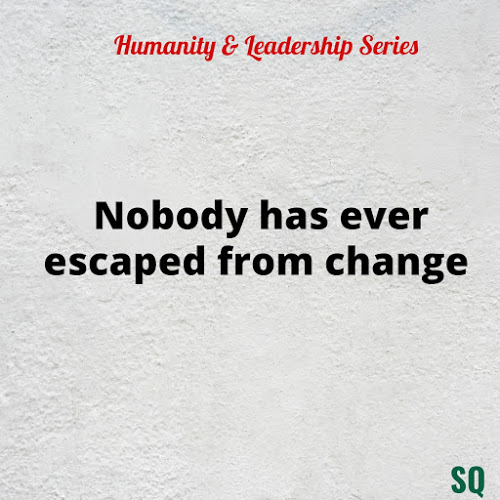


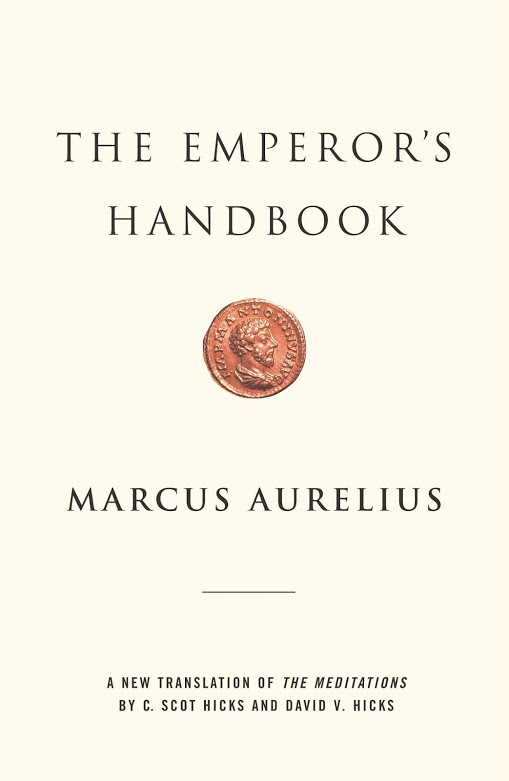


















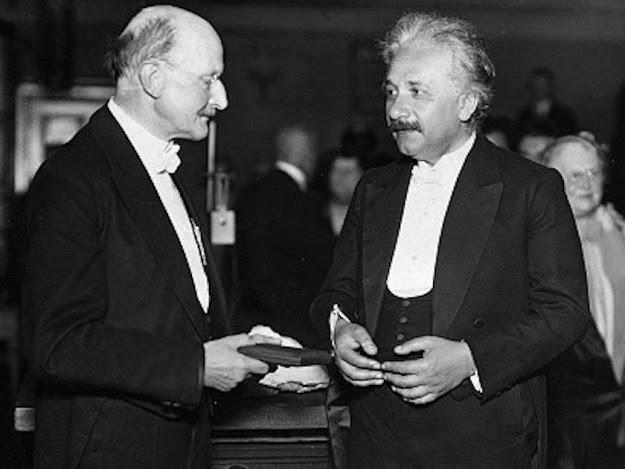

Awesome .. evryone hav the leadership skills bt many dnt realize it